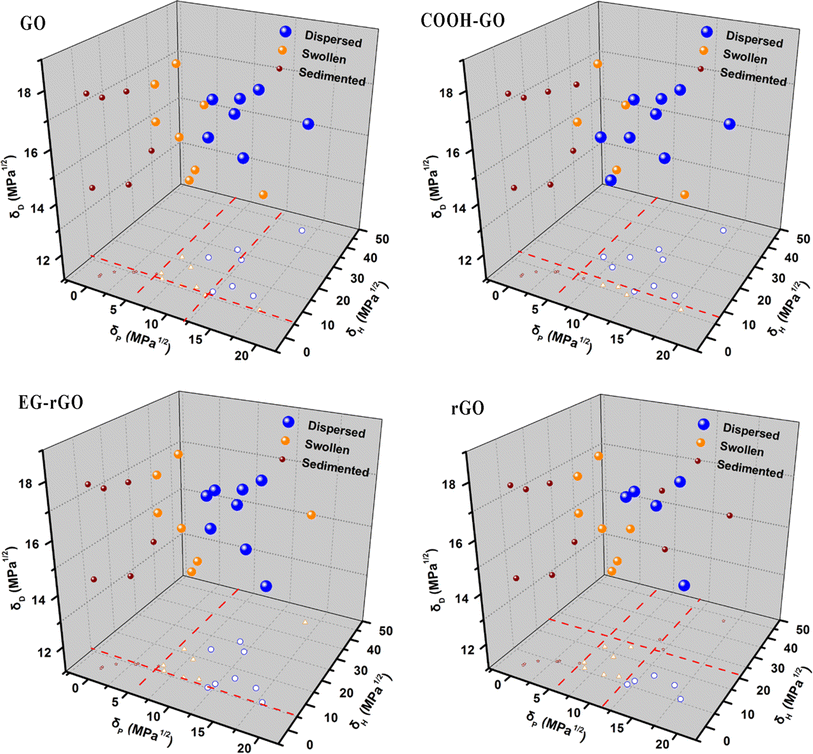

Meanwhile, the efficacy of the PVA/H 2O solvent system is also demonstrated using ultrasonic exfoliation, providing a high concentration of graphene (1.1 mg mL −1) in a relatively short time (8 h). The statistical distribution histogram reveals that most flakes are single-layer (41%), including some bi-layer (21%) and tri-layer (28%), while the remaining can be said five or multi-layer graphene. Through various characterization techniques, it is confirmed that the resulting dispersion comprises high-quality graphene flakes (1–5 layers) having thickness up to 1.48 nm, lateral dimension ranging from 0.3 to 4 µm, and quite a low level of defects ( I D/ I G = 0.1). With the aim of detailed quality analysis, centrifugal cascading is adopted to predominately sort the graphene flakes from the upper end of the distribution. The estimated graphene yield is found to be 33% that further increases to 90% after sediment recycling. Under the optimal shearing parameters (1 h, 10 k rpm) with the PVA-to-fed graphite mass ratio of 10, a high concentration graphene dispersion (3.36 mg mL −1) is achieved. To warrant the impact of processing parameters on exfoliation efficiency, a systematic investigation is carried out using UV–visible spectroscopy. Herein, an efficient, facile, scalable production of graphene dispersions via exfoliation of graphite in an environment-friendly PVA/H 2O solvent system is reported.


 0 kommentar(er)
0 kommentar(er)
